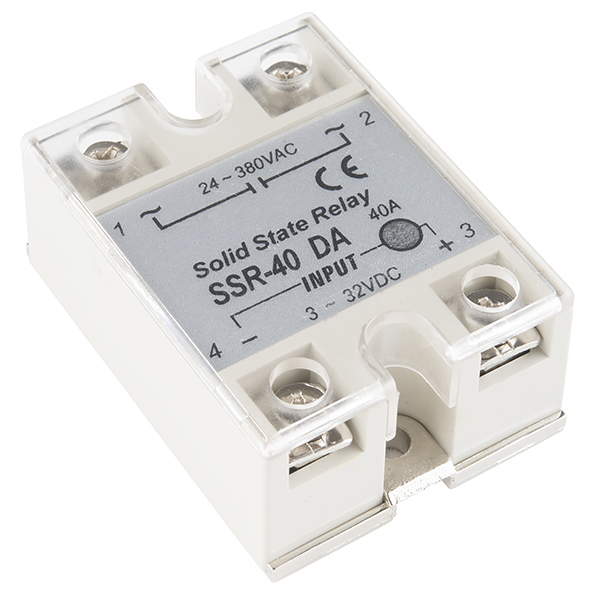Hello I found these project online its called vent a garage. It has 2 ac fans the LINK DEPOT 120mm AC Cooling Fan (AC-FAN-1238B) and its controlled by a thermostate. What I have plan is to use the arduino and a temperature sensor to turn on the fans when for example reaches 70 degrees. what I dont know is what to use to link the 2 ac fans to the arduino to communicate.







